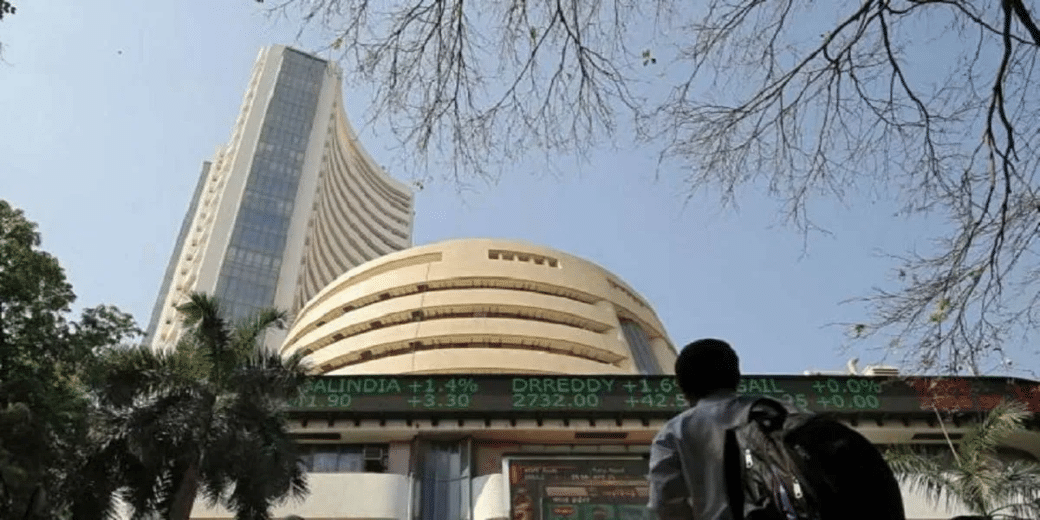These 25 cos in T+0 from Thursday
The move will bring cost and time efficiency, transparency in charges to investors and strengthen risk management at clearing corporations

The stock exchanges will introduce the T+0 settlement from Thursday on optional basis. The current system of T+1 will also continue to be in operation.
The T+0 settlements means the seller of a share will receive the money on the same day and the buyer will receive the share too on the same day. The move will bring cost and time efficiency, transparency in charges to investors and strengthen risk management at clearing corporations and the overall securities market ecosystem.
In a circular on Thursday, BSE came out with the list of 25 scrips where the option of T+0 settlement cycle would be available. The scrips included Bajaj Auto, Vedanta, Hindalco Industries, State Bank of India (SBI), Trent, Tata Communications, Nestle India, Cipla, MRF, JSW Steel, BPCL, ONGC, NMDC, Ambuja Cements, Ashok Lelyaland, Bank of Baroda, Birlasoft, Coforge, Divi’s Lab, Indian Hotels, LIC Housing Finance, LTMindtree, Petronet, Samvardhana Motherson, and Union Bank of India.
After the approval of the Sebi board, the markets regulator last week put in place a framework for introduction of the Beta version of T+0 settlement cycle on an optional basis from March 28.
Sebi, in its effort to keep pace with the changing times and carry out its mandate of development of securities markets and investor protection, shortened the settlement cycle to T+3 from T+5 in 2002 and subsequently to T+2 in 2003.
All investors will be eligible to participate in the T+0 settlement cycle, if they are able to meet the timelines, process and risk requirements as prescribed by the market infrastructure institutions. Further, trade timing will be between 9.15 am and 1.30 pm.
India is one of the few countries which offers such a facility to its investors. The facility is also availabe in Russia and South Korea. All the surveillance measures as applicable in T+1 settlement cycle will be applicable to T+0 settlement cycle though the T+0 prices will not be considered in index calculation and settlement price computation. There will be no separate close price for securities based on trading in T+0 segment.
(With inputs from PTI)